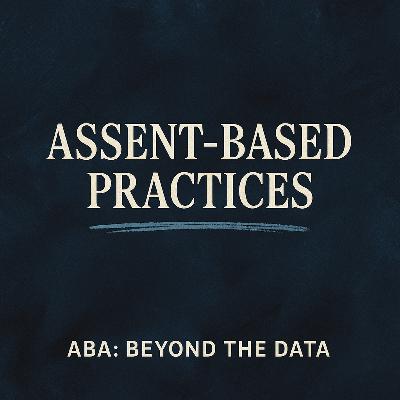TEACCH in ABA
Description
Welcome back to ABA Beyond the Data! In this episode, we dive deep into the TEACCH model—what it is, how it’s implemented, and why it matters for ABA practice today. If you’re looking to earn CEUs for this episode, you can purchase them at https://aba-ceus.com/get-ceus.com. You’ll need the three key words hidden throughout the episode to complete your purchase.
TEACCH—short for Treatment and Education of Autistic and related Communication-handicapped Children—originated at UNC in the 1970s. It emphasizes structure, predictability, and independence through four core elements: physical organization, individualized schedules, structured work systems, and visual clarity. But what does this actually look like in practice, and how does it fit alongside ABA?
In this episode, I’ll cover:
What TEACCH is: its history, philosophy, and why it has stood the test of time.
How TEACCH is implemented: from pod structures and schedules to task boxes and routines.
What the research says: evidence showing improvements in social functioning, adaptive skills, and independence.
TEACCH + ABA: how structured teaching complements behavior analysis, with overlaps in antecedent strategies, task analysis, and environmental arrangement.
Clinic-wide application: what it looks like to run a clinic using TEACCH-inspired systems, including real-life examples from my own practice.
As both a BCBA and a parent of two boys on the spectrum, I’ll share professional insights and personal reflections—like how structured environments have been a game-changer not only in clinics but in my own home. You’ll also hear about challenges, like staff training and balancing flexibility with structure, and practical tips for starting small and scaling up.
Most importantly, we’ll tackle a common misconception: that structure equals less fun. In reality, a good schedule creates more fun by opening doors to new activities, smoother transitions, and greater confidence for our learners. At my clinic, that means playrooms, art projects, trampolines, and rock walls—all embedded into a schedule that keeps the day moving and enjoyable.








